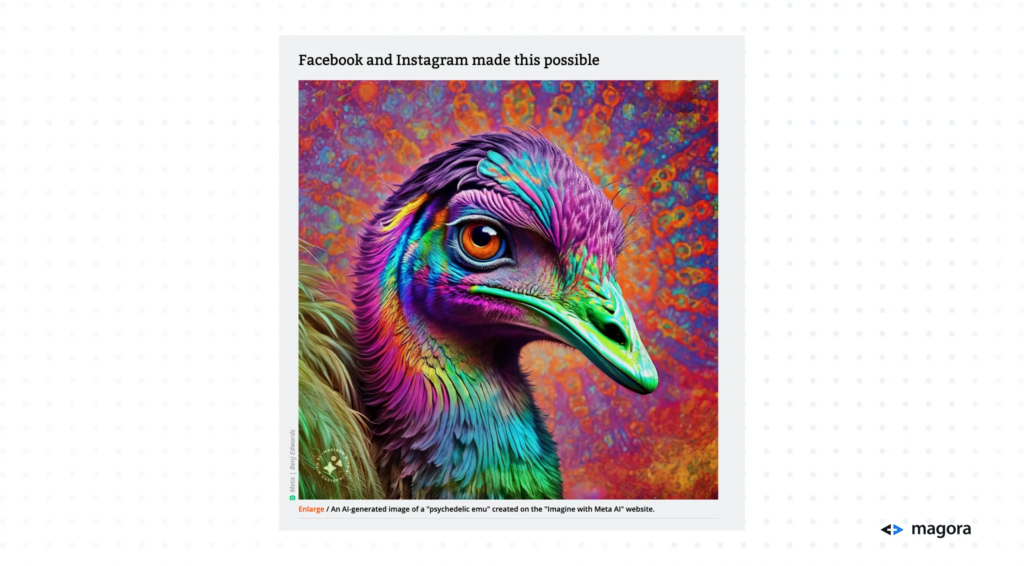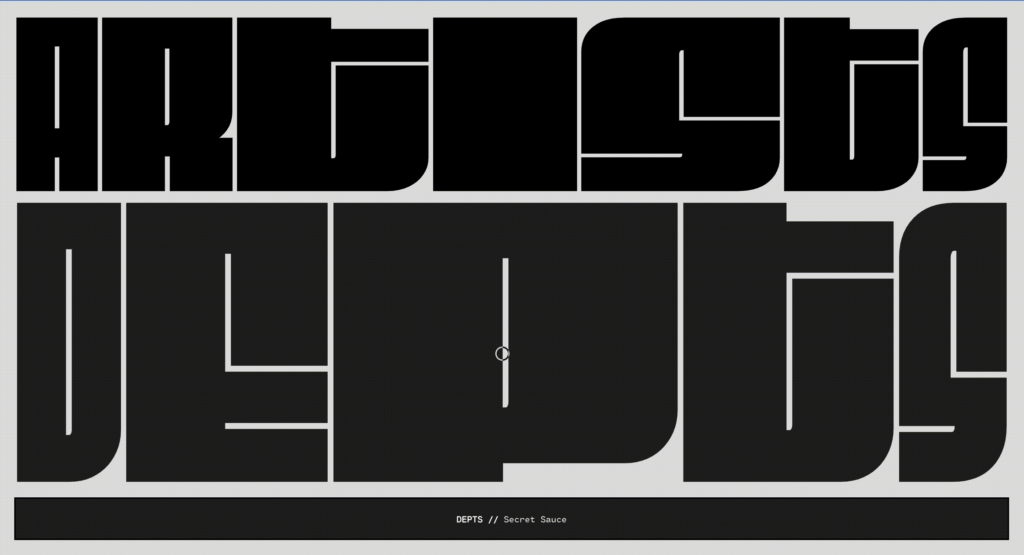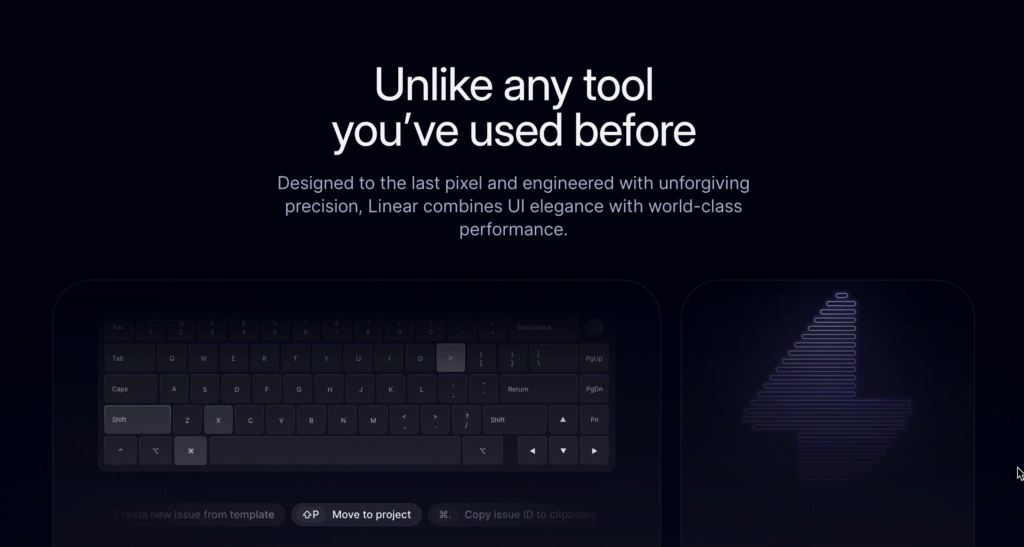In today’s digital landscape, web design is more than just a trend—it’s a crucial element for success. Whether it’s your website or web app, design serves as the frontline of your digital identity. By unlocking the potential of thoughtful web design, you create pathways to effective online engagement for your business. It’s not just about aesthetics; it’s about delivering an immersive experience that resonates with your audience, promotes exploration, and drives conversions. In a world where first impressions matter, investing in web design is essential to elevating your brand, engaging your audience, and setting the stage for digital success.
Why Web Design Matters
You may wonder, why is web design so important? How can you ensure every vital aspect is covered when developing a web app? The truth is, there’s much more to developing and designing websites than meets the eye. Web design plays a pivotal role in shaping how customers perceive your brand, influencing whether they walk away with a positive or negative impression after exploring your web app.
As future trends emerge, they range from minimalist designs to animated elements that captivate users. By examining these trends, you can develop a web solution that truly reflects your business.
AI-Generated Imagery
Generative artificial intelligence is transforming content creation, particularly in web design. AI picture generators, like OpenAI’s DALL-E 3, leverage powerful neural networks to generate unique, highly detailed images from simple text descriptions. These tools allow businesses to create striking visuals faster and more efficiently, enhancing prototyping, personalization, creative campaigns, and more.
Meta’s Emu AI, for instance, offers new possibilities by generating visuals from a vast dataset of 1.1 billion Instagram and Facebook photos.

Typographic Hero Images
Adding personality to your brand through hero images—whether photos or videos—immediately establishes trust. By placing a large, bold image at the forefront of your website, you create an impressive first impression.
For example, Spotify uses bold typographic hero images to set the tone for different music genres, enhancing visual engagement and communicating the company’s value. These hero images invite visitors to take action, increasing the chance of deeper exploration.

Bento Box Design
Drawing inspiration from the traditional bento box, this web design trend focuses on modular, organized layouts. Websites designed this way feature well-defined sections that make navigation seamless. By integrating diverse content types—like text, images, and videos—this design philosophy supports clean, adaptable layouts.
An example is the Linear App website, which uses a bento box design to blend visual harmony with functionality, offering an optimal user experience.

Microinteractions in Web Design
Microinteractions are the small, interactive elements that guide users through tasks and provide feedback, enhancing the overall user experience. These include animations, loading spinners, and button feedback. Microinteractions not only improve usability but also infuse brand personality into the user interface.
A notable example is LinkedIn’s ‘Like’ button, which provides a brief animation upon interaction, elevating the user experience. Ekipa Agency also incorporates playful microinteractions on their website, creating a fun and informative digital space.
Microanimations
Unlike microinteractions, microanimations refer to small movements or visual signals that enhance the accuracy of the user interface. Common examples include hover effects, progress bars, and fade transitions. These subtle details make the interface more dynamic and user-friendly.
Stripe excels in this area, incorporating microanimations to create smooth transitions between sections, providing a delightful user experience.
Hover Animations
Hover animations occur when a user moves their mouse over an element, causing subtle changes like size or color adjustments. These effects can highlight important content, increase interaction, and motivate users to take action.
For example, hover animations can encourage form submissions or clicks on social media icons, turning a call to action into a compelling interaction.
Parallax Scrolling
Parallax scrolling creates depth by making a website’s background appear static while the foreground moves, creating an engaging, dynamic experience. When executed correctly, it adds visual interest and a sense of immersion to the site.
The Webflow design & art history microsite showcases brilliant use of parallax effects, providing an inspiring user journey.
3D Web Experiences
Incorporating 3D elements adds depth, realism, and interactivity, transcending the flat, two-dimensional web design standard. By using 3D design, websites can draw attention to key features, highlight calls to action, and create a more immersive experience.
For example, the Dala Website invites users to explore its AI search tool through an innovative, fully 3D space, enhancing engagement.
Dark Mode Toggle
Dark Mode Toggle allows users to easily switch between light and dark themes, enhancing user comfort in low-light settings. This feature reduces eye strain and adds visual appeal, making browsing more enjoyable.
Many websites, like Made in Evolve, offer this option, contributing to both aesthetics and functionality.
Magora’s Approach to Web Design
At Magora, we craft exceptional web designs through a user-centric process. Our design journey starts with user interviews, ensuring the final product resonates with the target audience. We follow the CJMS framework (Conceptualization, Justification, Mock-up, Specification) to guide our design decisions.
We then create wireframes, bringing the structure to life through prototyping. Before finalizing, we validate our designs with users to guarantee they meet expectations. Through an agile methodology, we ensure flexibility and continuous improvement, ultimately delivering web designs that exceed user expectations.
Conclusion
Web design is an ever-evolving field, shaped by societal, technological, and audience preferences. To stay ahead, businesses must choose web design agencies that understand the intricacies of modern design and development.
By adopting innovative techniques, you can build a website that not only captures attention but also fosters long-term engagement.





